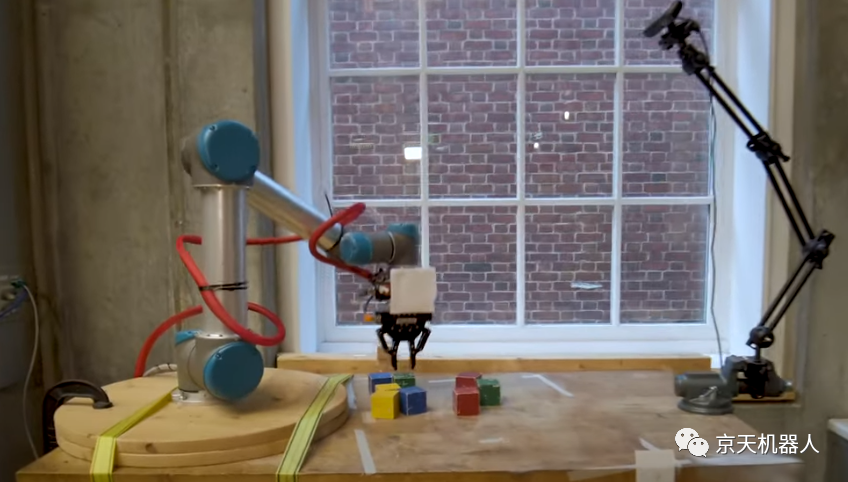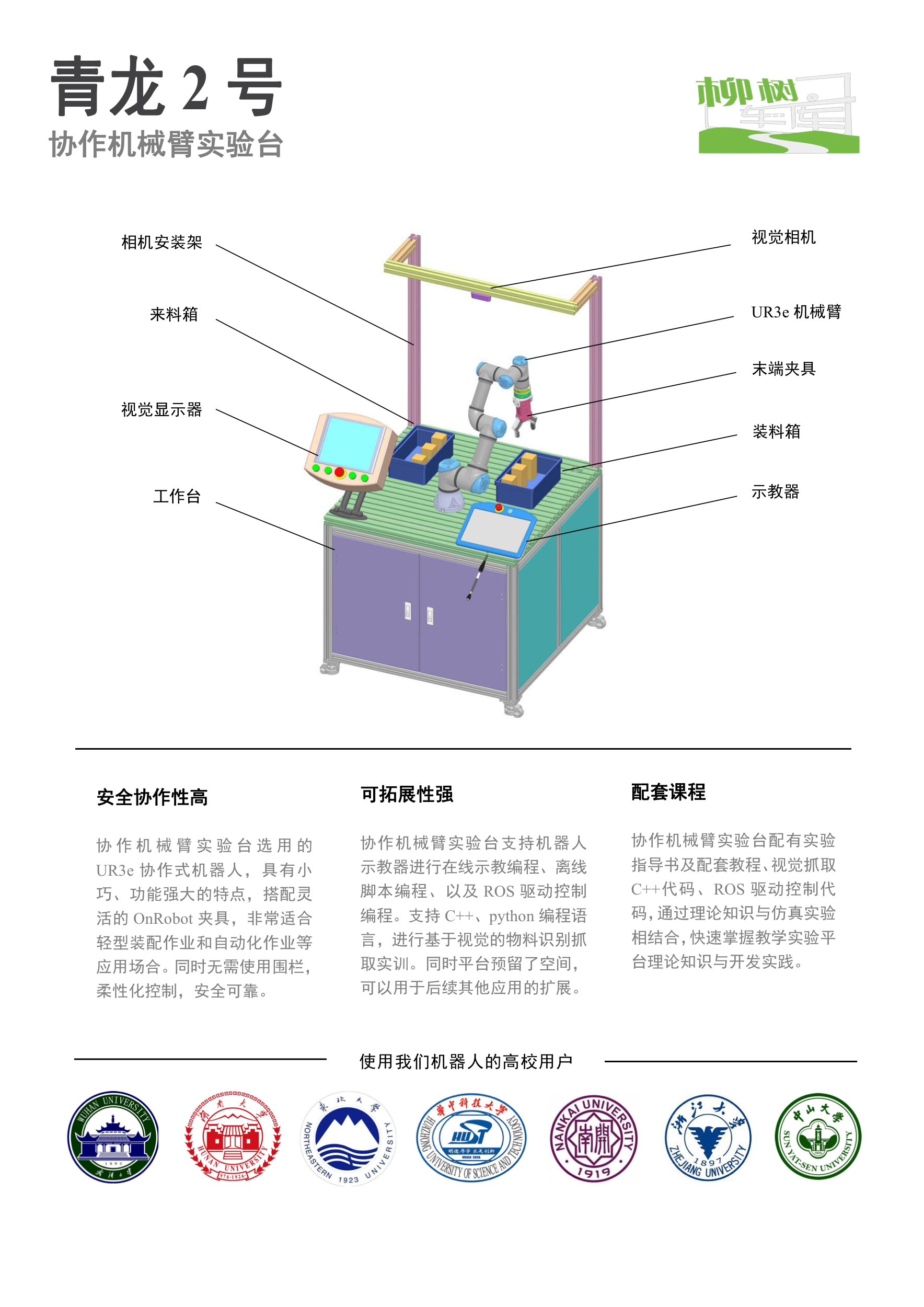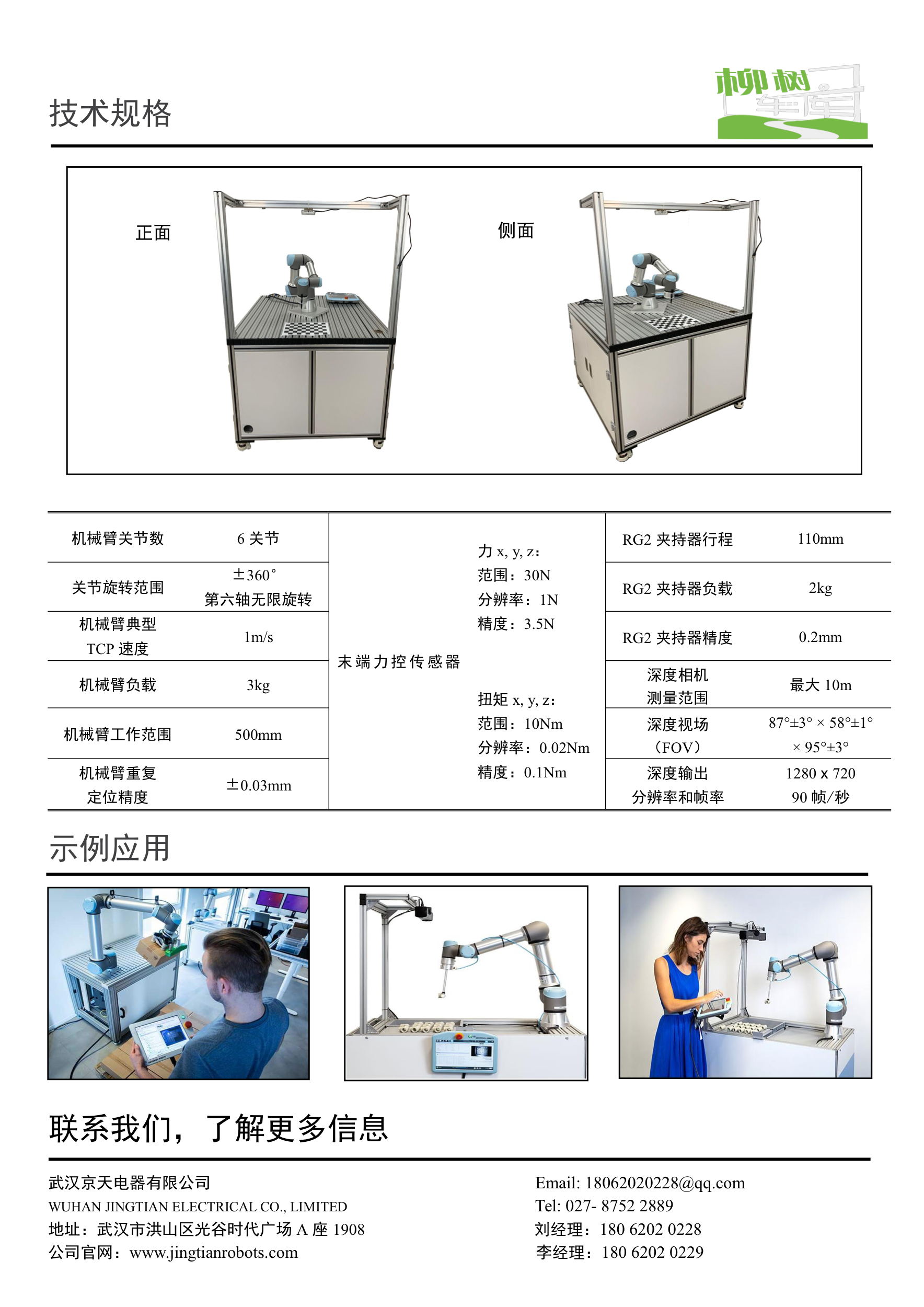
Computer scientists at Johns Hopkins University used a training technique commonly used to teach dogs to squat and sit on the robot, showing how to teach themselves several new techniques, including stacking cubes. In this way, the robot can learn the technology that usually takes a month in a few days.
By using positive reinforcement, which is a method familiar to anyone who has used to deal with changing dog behavior, the team greatly improved the skills of the robot and completed the training very quickly, making it a more feasible way to train a robot for actual work. enterprise. These findings were newly published in a paper entitled "Good Robot!"
"The question here is how do we let robots learn skills?" said lead author Andrew Hundt. Students working in the Computational Interaction and Robotics Laboratory at Johns Hopkins University. "I have a dog, so I know the job of reward. This is my inspiration for designing a learning algorithm."
Unlike people and animals who are born with highly intuitive brains, computers are blank boards and must learn everything from scratch. However, real learning is usually done through trial and error, and robotics experts are still studying how to learn effectively from mistakes.
The team achieved this goal by designing a reward system that can work for robots in the same way as dogs. Dogs may get cookies for good work, while robots get digital points.
Hundt recalled that he once taught his puppy Leah to order "leave him" so that he can ignore walking squirrels. He uses two types of snacks, one is a regular coach snack, and the other is something better, such as cheese. When Leah is excited and has nothing to do, she has nothing. But when she calmed down and looked away, she got something good. "At that time I gave her cheese and said,'Leave! Okay!'"
Likewise, to pile up blocks, discover that robots need to learn how to focus on constructive actions. When the robot explores building blocks, it quickly learns that correct stacking behavior can earn high scores, while wrong behaviors cannot earn high scores. Reach out, but don't understand the obstacle? No score, knock a bunch? There are absolutely no scores. By placing the last block on the stack of four blocks, the robot gets the most benefit.
The training strategy is not only effective, but it took several days to tell the robot that it took several weeks in the past. By first training a simulated robot similar to a video game and then using UR to run the test, the team was able to reduce practice time.
Hunter said: "The robot wants a higher score." "It can learn the correct behavior quickly to get the best return. In fact, it took a month of practice for a robot in the past to achieve 100% accuracy. We can Do this in two days."
Positive reinforcement can not only help the robot learn building blocks by itself, but also through the point system, the robot can quickly learn several other tasks, even how to play a simulated navigation game. It is possible to learn from mistakes in all situations, which is essential for designing a robot that can adapt to a new environment.
Hundt said: "At first, the robot didn't know what it was doing, but it got better and better every time it practiced. It would never give up, and it would keep trying to stack, and was able to complete the task 100%."
The team believes that these findings can help train household robots to wash clothes and wash dishes, tasks that are popular on the open market, and can help elderly people live independently. It can also help design improved self-driving cars.
Hager said: "Our goal is to finally develop robots that can complete complex tasks in the real world, such as product assembly, caring for the elderly and surgery." "We currently don't know how to program such tasks-the world is too complicated. But Such work shows us that the idea that robots can learn how to complete such real-world tasks in a safe and effective manner is a promising way."
Seeing whether the training method in the article is exciting, the UR collaborative robot platform used by Johns Hopkins University has a wide range of applications and the stability of the system is extremely strong.
Jingtian Robotics recently launched the UR robot vision training platform Qinglong No. 2. The specific parameter configuration is shown in the color page below. Welcome to inquire.



Donghu Robot Laboratory, 2nd Floor, Baogu Innovation and Entrepreneurship Center,Wuhan City,Hubei Province,China
Tel:027-87522899,027-87522877
Robot System Integration
Artificial Intelligence Robots
Mobile Robot
Collaborative Robotic Arm
ROS modular robot
Servo and sensor accessories
Scientific Research
Professional Co Construction
Training Center
Academic Conference
Experimental instruction
Jingtian Cup Event